Mumbai: From Fishing Village to Colonial Powerhouse
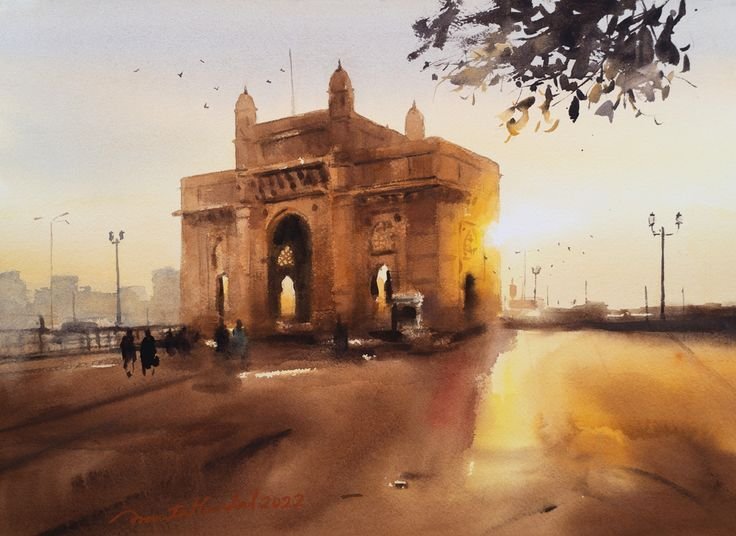
Mumbai often known as the city of dreams, attracts people to the various opportunities offered by entertainment, and business. Many people know it as a multicultural urban land but only a few remember Mumbai was once a small fishing village which the multiple colonial forces occupied, let’s look at the history of the city and how British forces strengthened their hold on India, through Mumbai.

The Origins of Mumbai
The origin of Mumbai can be traced back to the common era, when evidence regarding the city’s original occupants, the Kohli community, was established. The territory was controlled by several Hindu and Muslim kingdoms and empires, such as the Mauryas, Satavahanas, and the Gupta Empire. The Yadavas and then the Sultanate of Gujarat governed the region during the Middle Ages.
Sultan Bahadur Shah of Gujarat signed the Treaty of Bassein with the Portuguese Empire and Bombay was taken over by the Portuguese in 1534. the Portuguese arrived in the early 16th century and named the area “Bombaim,” which means “good bay” in Portuguese, highlighting its natural harbour’s strategic importance. For more than a century, the islands were under Portuguese sovereignty, primarily for military and commercial objectives. The islands were fortified during their occupation, and Portuguese influence can be seen today.

Mumbai’s Acquisition by the British
In the early 16th century, Mumba was governed by the Portuguese .it was used as a naval base, for protection of their Sea trade routes. However, when as their dominance started to fade, so did their control over the islands. Especially in 1661, the islands were handed over to the British as part of the dowry when Catherine of
Braganza married Charles II of England. The British Crown, having acquired Mumbai as part of Catherine of Braganza’s dowry, recognised its potential but lacked the resources to develop it, therefore it was Leased to the profit-driven East India Company for a mere £10 annually. For the East India Company, Mumbai was not just a piece of land; it was a strategic gateway to controlling maritime trade, asserting dominance over Indian territory and deriving profits. Unlike other territories under princely control and Mughal rule, Mumbai offered the Company an autonomous base to operate without the restrictions or tariffs of local rulers. Its location on the western coast, with a deep natural harbour, further cemented its value as a naval and commercial hub.
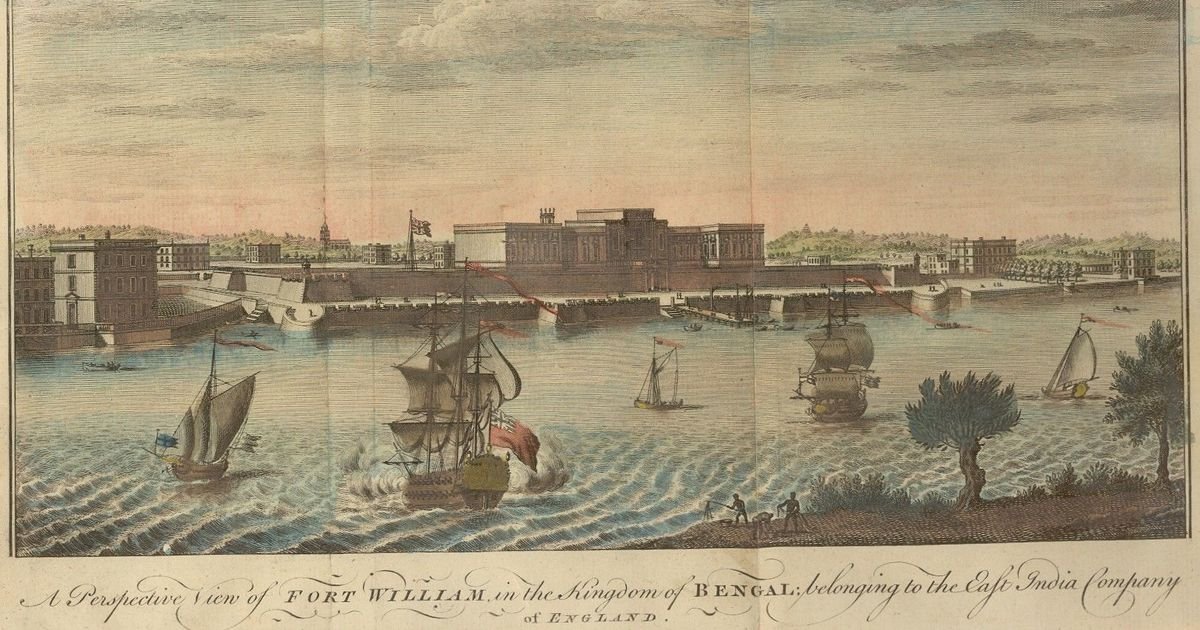
This freedom from interference allowed the East India Company to implement its policies, attract settlers, and gradually build Mumbai’s infrastructure. Over time, the city evolved into a critical node for the Company’s operations, facilitating trade, military strategy, and British colonial expansion in India.
Challenges in Early Development
The development of the city by British imperialism was, not without challenges, but these challenges could not
- Swampy Terrain: The islands were marshy and prone to flooding, making them difficult to handle.
- Health Hazards: there were frequent outbreaks of malaria and other diseases. • Sparse Population: The Koli fishing communities formed the bulk of the population, and they were more skilled in fishing and not trade and textile work.
- Scarcity of Resources: Mumbai saw a lack of fresh water and its marshy land was considered unsuitable for agriculture.
- Competition with Surat: Mumbai struggled to attract merchants and trade away from Surat, the dominant port of the time.
Despite these challenges, the British began promoting trade and gradually improving infrastructure, laying the foundation for Mumbai’s transformation.
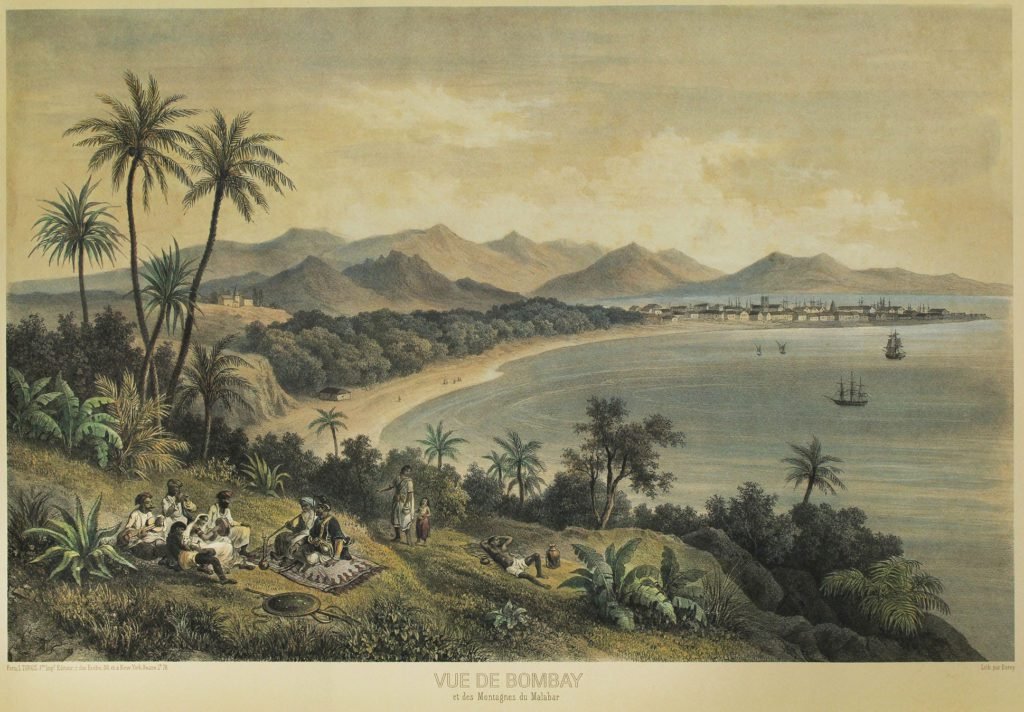
Mumbai as a Trade Hub
The British focused on developing Mumbai into a major trade centre, leveraging its strategic location and deep natural harbour. They promoted the export of calicoes (cotton cloth), which were highly valued in Europe. Although Mumbai initially lacked the facilities and skilled labour for large-scale textile production, the East India Company transported goods from Gujarat’s weavers to Mumbai for export.
The city’s location enabled the British to centralize the extraction and export of cotton, opium, and calicoes, tightening their economic stranglehold on India.
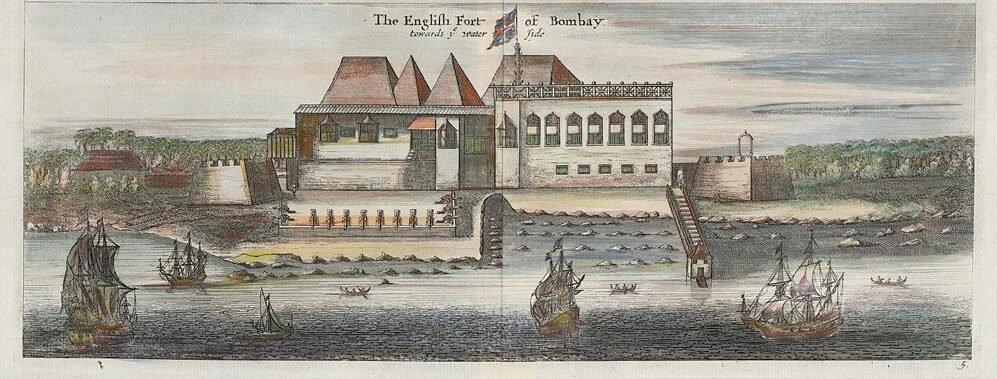
Due to the disruption of American cotton supplies caused by the American Civil War (1861–1865), Mumbai became a major hub for the export of cotton. The reliance on cotton made British textile mills consider Mumbai to be an important location for export. This not only strengthened Mumbai’s economy, but this Cotton Boom accelerated the construction of infrastructure, such as railroads, connecting the city to Gujarat and Khandesh, two cotton-growing regions.
Therefore, the economy continued to be built on cotton exports, which met the demands of the industrial revolution. The East India Company took advantage of India’s rich textile tradition by exporting calicoes, or cotton textiles, from Mumbai. These fabrics, manufactured in Gujarat and transported to Mumbai for export therefore establishing harbours importance in the global textile trade.
Opium was another essential commodity, particularly during the 18th and 19th centuries. The British used the city as a key point for the opium trade with China. Opium from the Malwa region was brought to Mumbai, processed, and then shipped to China, contributing to the infamous Opium Wars. This trade further cemented Mumbai’s role as a vital for British colonial commerce.
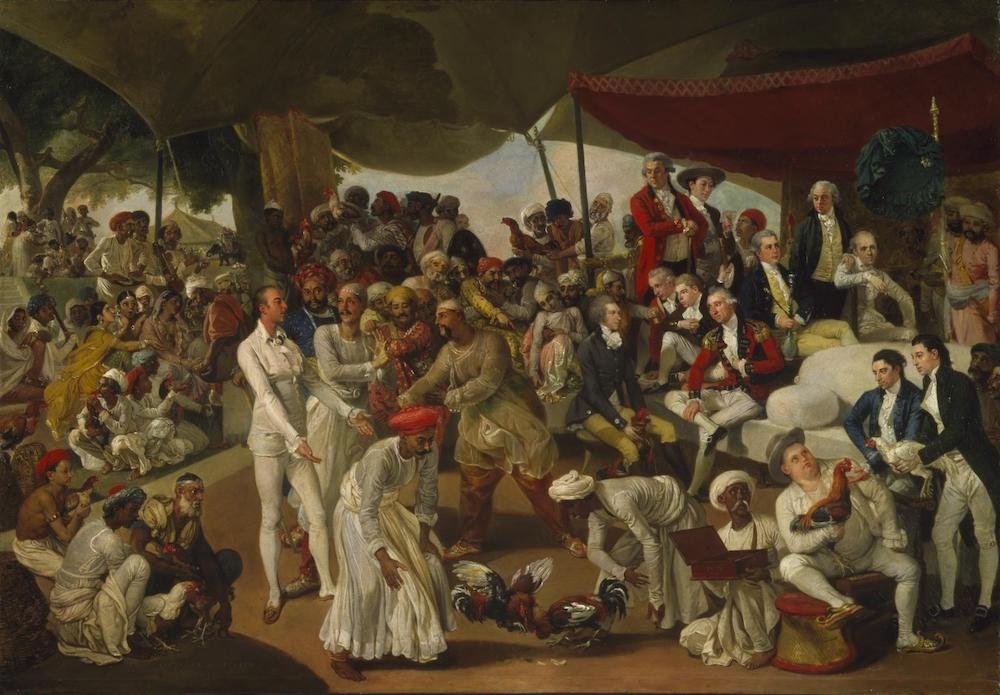
Infrastructure as a device of Control
Bombay’s trade allowed the British to undertake grand infrastructural projects, which not only increased the commercial enterprise but also reinforced their control over the colony. The first railway system of 1853, linked Bombay to Thane, This system was designed to develop a network that connected the harbour to Gujarat, Surat and the fertile interiors of Khandesh. Apart from transporting goods also served as an artery for swift troop mobilisation, ensuring the suppression of uprisings and maintenance of colonial order.
Also, The system of well-planned roads transformed Bombay into an industrial base of British power, where raw materials and military resources could circulate seamlessly within the subcontinent.

Geographically benefits
Mumbai is renowned for its distinctive geography, which was beneficial for the growth of the colonial power. It’s located on the Arabian Sea on India’s western coast. It contains Colaba, Mazagaon, Mahim, Parel, Worli, Old Woman’s Island, and Bombay Island, a group of seven islands. The most important geographic advantage has been its naturally occurring deep-water harbour. Which provided an excellent anchorage, making it an ideal port for maritime trade. The city’s closeness to Surat safeguard a steady supply of textiles and other goods for export. Mumbai’s position on the Arabian Sea provided direct access to markets in Africa, the Middle East, and Europe. The coastal climate also supported trade and settlement.
This geographic edge allowed Mumbai to surpass Surat as the primary port on India’s west coast, enabling the British to dominate trade routes.

Naval and Strategic Significance
The location of Mumbai gave the British a strategic advantage over the Arabian Sea, enabling them to watch and control maritime trade routes. This was helpful in countering other colonial powers such as the Portuguese and Dutch. Also, unlike Surat, which was under Mughal rule, Mumbai provided the East India Company independence to operate without interference from local rulers, thus making it easier to establish military and commercial dominance. The natural harbour city and its position on the west coast made it easier to transfer goods and easy access to global networks. Bombay allowed rapid troops to be deployed to the rebellious territories, reinforcing British dominance over India’s vast and diverse regions.
With time, Mumbai became an essential headquarters of the British East India Company’s activities that guaranteed its position in the colonial economy and strengthened the British Empire’s power over its colonies, making it difficult for Indian citizens to reap the benefits of its raw materials, further weakening the struggle for freedom. We can’t deny the importance of British infrastructure in paving the way for what Mumbai is today as the economy and financial capital for Indians, especially the train system.

Conclusion
Mumbai’s transformation from a fishing village to a colonial powerhouse reflects the important role it played for the British. Despite its initial challenges, the city’s natural advantages, coupled with British political and economic operations, pushed it to the forefront of maritime trade and imperial expansion. Today, Mumbai stands as a testament to the resilience and adaptability that have shaped its journey from the colonial era to the vibrant metropolis known as the “City of Dreams.


